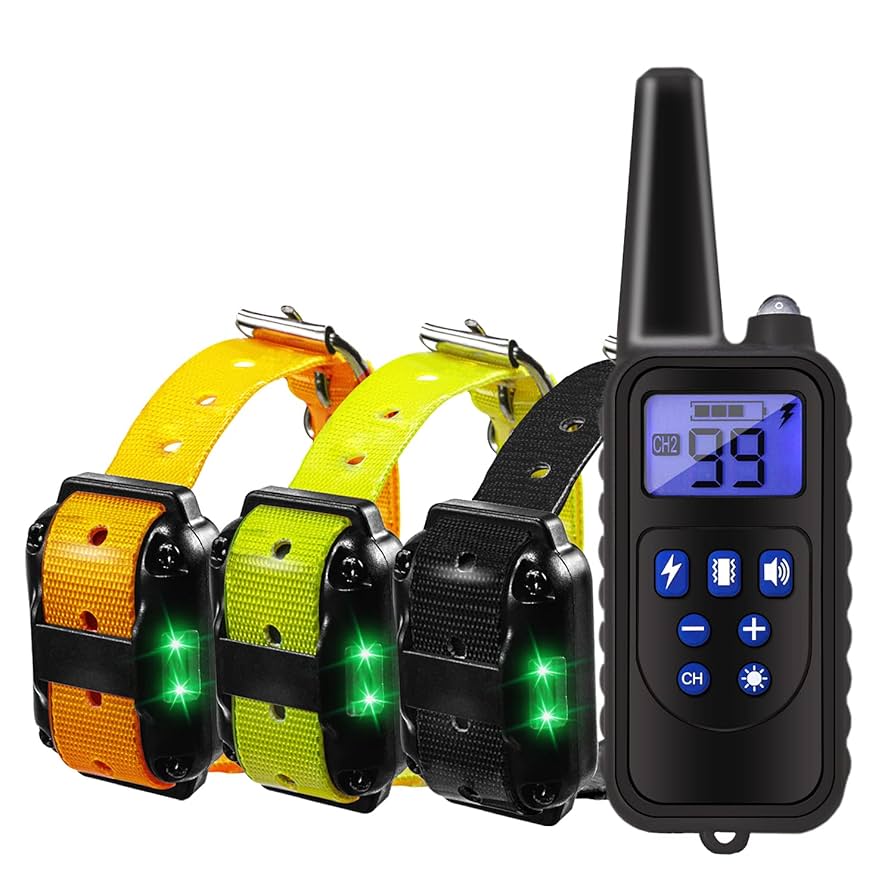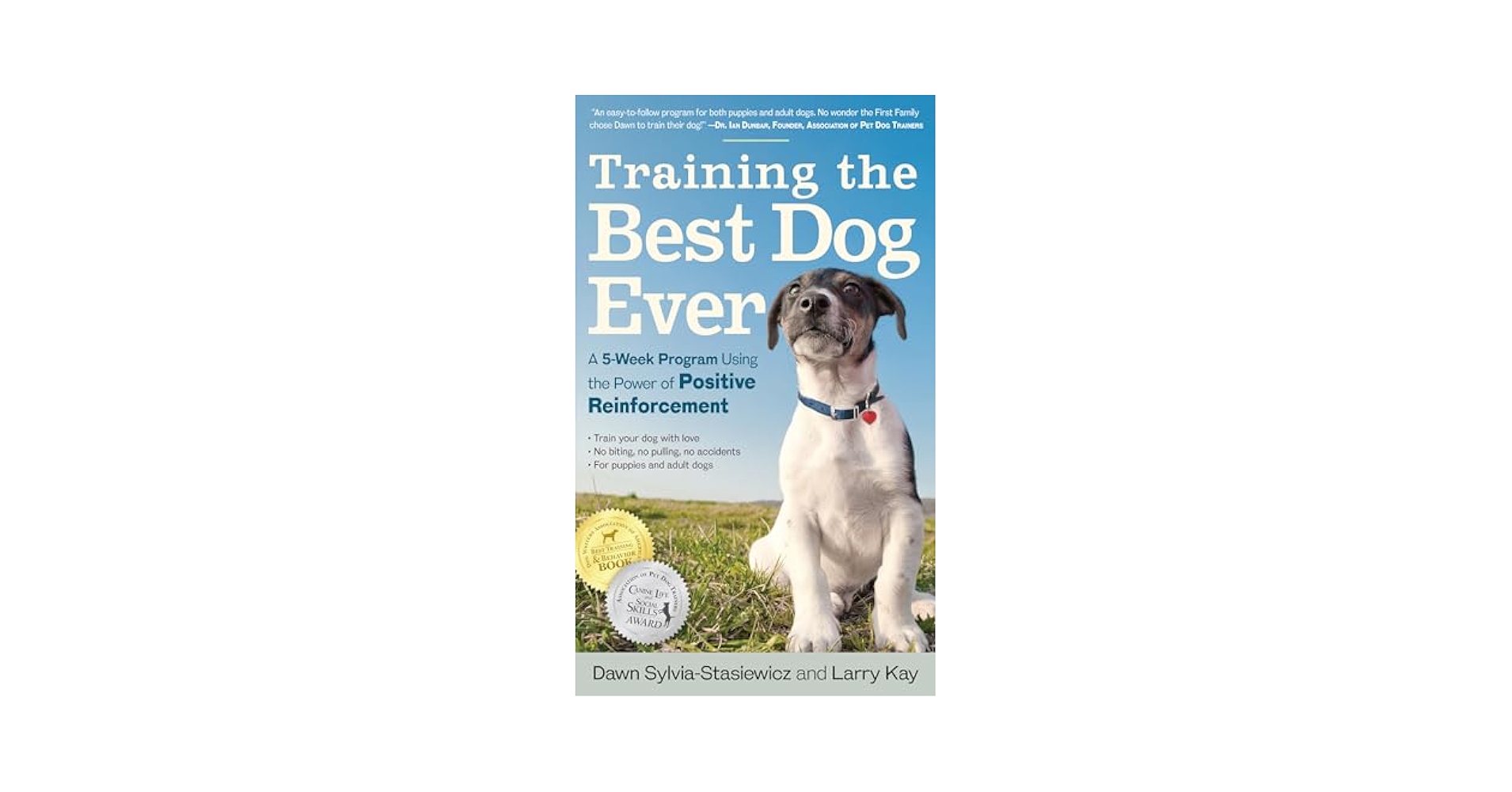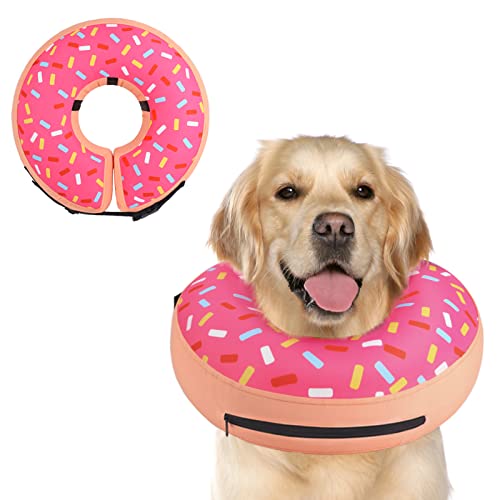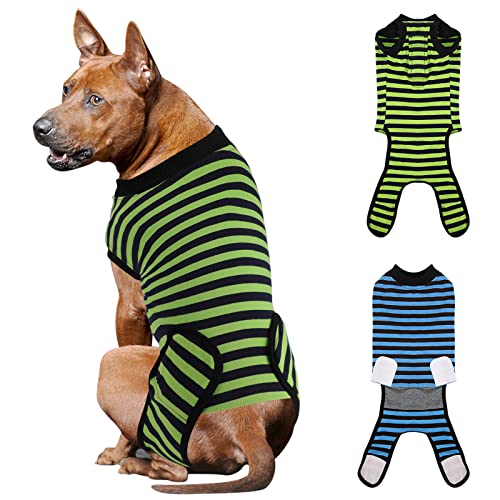Does your dog growl, snap, or stiffen when you get too close to their food, toys, or favorite spots? If so, you’re not alone—and you’re probably wondering how to handle this tricky behavior safely.
Resource guarding can be stressful for both you and your pet, but the good news is that you can teach your dog to feel calm and relaxed around their belongings. You’ll discover simple, effective steps to stop resource guarding and build a stronger, trust-filled bond with your dog.
Keep reading, because the peace of mind you want is closer than you think.
Understanding Resource Guarding
Understanding resource guarding is key to helping your dog feel safe and secure. It happens when your dog protects something they value, like food, toys, or even a spot on the couch. Recognizing why your dog guards these items can help you address the behavior calmly and effectively.
Signs Of Resource Guarding
Resource guarding shows up in different ways, and noticing these signs early can prevent bigger problems. Your dog might growl or snap when someone approaches their food bowl or favorite toy. Sometimes, they freeze, stare intensely, or stiffen their body as a warning.
Other common signs include:
- Backing away while still holding the item
- Snatching the object quickly if you try to take it
- Showing teeth without biting
Have you ever noticed your dog stiffen when you reach for their treat? That’s a subtle hint of guarding. Paying attention to these behaviors helps you respond before your dog feels the need to escalate.
Common Causes
Dogs don’t guard resources out of spite—they act on instinct or past experiences. Many dogs develop guarding behaviors because they feel uncertain about whether they will keep their valued items. This can happen if they had to compete with other dogs for food or toys in the past.
Stress or anxiety can also trigger guarding. If your dog has experienced a chaotic environment or lacks consistent routines, they may feel the need to protect what they have. Sometimes, guarding is simply a way to communicate discomfort or fear.
Think about your dog’s history and environment. Could there be triggers making them feel insecure? Understanding the root causes helps you create a plan that makes your dog feel safe enough to share.
Creating A Safe Environment
Creating a safe environment helps reduce your dog’s stress and fear around resources. Dogs guard items when they feel threatened or unsure. A calm space makes your dog feel secure and less likely to protect belongings aggressively. This section explains how to build that safe place at home.
Safe Spaces For Your Dog
Give your dog a quiet spot to relax and rest. This can be a crate, bed, or corner away from busy areas. Use soft bedding and familiar toys to make it cozy. Teach family members to respect this space and not disturb your dog there.
Safe spaces reduce anxiety and lower guarding behavior. Your dog learns that this area is theirs and feels safe holding toys or food there. Keep this spot consistent and easy for your dog to access at any time.
Managing Household Dynamics
Keep other pets and children away from your dog’s food and toys. Supervise interactions to avoid accidental conflicts. Separate feeding areas help prevent competition over resources.
Create rules for the whole family. Everyone should understand not to take items from your dog. This builds trust and helps your dog relax. Consistent routines reduce guarding triggers and improve harmony at home.
Training Techniques
Training your dog to stop resource guarding takes patience and clear techniques. These help your dog feel safe and trust you around their valued items. Using training techniques helps change your dog’s feelings about sharing or giving up items. It also builds a positive bond between you and your dog. Two effective approaches are desensitization and counterconditioning. Both change how your dog reacts to people near their possessions.
Desensitization Methods
Desensitization means slowly exposing your dog to triggers that cause guarding. Start with small steps that do not upset your dog. For example, stand near your dog while they have a toy but keep a good distance. Give your dog treats to stay calm. Gradually, reduce the distance over time. This helps your dog get used to your presence near their items without stress.
Keep training sessions short and positive. Watch your dog’s body language for signs of discomfort. If your dog shows guarding behaviors, take a step back. Repeat these small steps daily to build comfort and trust. Over weeks, your dog learns that people near their items are not a threat.
Counterconditioning Strategies
Counterconditioning changes your dog’s feelings about someone near their possessions. It replaces fear or aggression with positive emotions. For example, give your dog high-value treats whenever you approach their toy or food bowl. This teaches your dog to expect good things when you come close.
Use treats your dog loves and only offer them during training. Pair your approach with praise and calm words. Over time, your dog will look forward to your presence near their items. This reduces guarding and helps your dog stay relaxed.

Credit: m.facebook.com
Using Positive Reinforcement
Using positive reinforcement is key to helping your dog stop resource guarding. It builds trust and encourages good behavior without fear. When your dog feels safe, they are more likely to share and less likely to guard.
Reward-based Training
Reward-based training means giving your dog something they love when they show calm behavior around their possessions. This could be treats, praise, or playtime. The goal is to make sharing feel more rewarding than guarding.
Start by approaching your dog calmly while they have a toy or food. If your dog stays relaxed, immediately offer a high-value treat. This teaches your dog that good things happen when you come close, reducing their need to protect.
Try to keep training sessions short and positive. Dogs learn best when they’re happy and not stressed. Consistency is important—reward every small step your dog takes towards sharing.
Avoiding Punishment
Punishing your dog for guarding can backfire and increase fear or aggression. Instead of solving the problem, it often makes dogs more defensive. Imagine how you’d feel if someone yelled at you for protecting your belongings.
Focus on gentle guidance rather than harsh corrections. If your dog growls or snaps, calmly step back and give them space. Then, try again later with positive reinforcement.
Patience is essential. Changing resource guarding behavior takes time and kindness. Your dog needs to feel safe to unlearn guarding, not scared to hide it.
Tools And Resources
Addressing resource guarding in your dog requires more than just patience—it calls for the right tools and support. Having access to effective training equipment and expert advice can make a huge difference in how smoothly you manage this challenging behavior. Let’s look at what you can use to help your dog feel safer and more relaxed around their possessions.
Helpful Training Equipment
Some simple tools can make training your dog to stop guarding resources easier and safer for both of you. Start with a sturdy leash and a well-fitted harness to maintain control during sessions without causing discomfort. These allow you to gently guide your dog away from triggers without escalating tension.
Using high-value treats is key—they act as positive reinforcement when your dog chooses to share or move away from guarded items. Keep a variety of small, tasty treats handy to reward good behavior immediately. You might also consider interactive toys or puzzle feeders that redirect your dog’s focus and provide mental stimulation.
Don’t overlook a clicker if you want to mark desired actions precisely. Clicker training can speed up learning by giving clear feedback your dog understands. Would you expect quicker results if you paired your training with tools designed to support clear communication?
Professional Guidance
Resource guarding can sometimes be complex and intimidating to handle on your own. Consulting a professional dog trainer or a certified animal behaviorist can provide personalized strategies tailored to your dog’s specific needs. These experts can spot subtle signs of stress you might miss and suggest the safest ways to intervene.
Working with a professional also offers accountability—you’re more likely to stay consistent when someone guides your progress. Many trainers offer virtual sessions, making expert advice more accessible regardless of your location. Have you considered how expert feedback might change your approach and improve your dog’s comfort around valued possessions?
Remember, the right tools paired with knowledgeable support can transform your training experience. It’s not just about stopping guarding—it’s about building trust and safety for your dog and yourself.

Credit: www.dwdogtraining.com
Maintaining Consistency
Maintaining consistency is key to stopping your dog’s resource guarding behavior. Regular and steady training helps your dog understand what you expect. It builds trust and reduces anxiety around their possessions. Consistency creates clear rules your dog can follow every day. Without it, your dog may feel confused and continue guarding.
Regular Practice
Practice training sessions daily, even for short periods. Regular practice helps your dog learn faster and remember lessons. Use the same commands and routines each time. Keep training calm and positive to encourage good behavior. Avoid skipping days to prevent setbacks in progress.
Monitoring Progress
Track your dog’s behavior during and after each session. Notice if your dog shows less guarding or more calmness. Write down changes to see patterns over time. Adjust training steps based on your dog’s reactions and comfort level. Celebrate small wins to stay motivated and patient.
Preventing Future Issues
Preventing future resource guarding issues requires consistent effort and patience. Addressing the root causes helps your dog feel safe and secure. Focus on building a strong bond and positive experiences around resources. This approach reduces anxiety and guarding behavior over time.
Building Trust And Confidence
Trust is the foundation of any good relationship with your dog. Spend quality time together daily. Use gentle tones and calm body language. Reward your dog with treats and praise for relaxed behavior near valued items. Avoid punishment; it can increase fear and aggression. Let your dog approach you with their prized possessions. This builds confidence and reduces the need to guard.
Encouraging Socialization
Socializing your dog exposes them to new people and situations. Start with calm and friendly dogs in a controlled environment. Keep interactions short and positive. Praise your dog for calm behavior around others. Introduce new experiences slowly, so your dog feels safe. Proper socialization lowers stress and helps your dog understand sharing is safe.

Credit: www.preventivevet.com
Frequently Asked Questions
What Is Resource Guarding In Dogs?
Resource guarding is when a dog protects food, toys, or space. It shows as growling, snapping, or stiff body language. This behavior is natural but can be unsafe if not managed properly. Training helps reduce guarding and promotes sharing and trust.
How Can I Start Training My Dog To Stop Guarding?
Begin by teaching your dog to trade items calmly. Use high-value treats to reward letting go. Avoid punishment and stay patient. Gradually increase distractions and practice regularly. Consistency is key to changing guarding behavior safely.
Are There Common Triggers For Resource Guarding?
Yes, common triggers include food bowls, toys, and resting spots. Dogs may guard items they value or feel threatened over. Identifying triggers helps tailor training and reduces guarding incidents effectively.
When Should I Seek Professional Help For Resource Guarding?
Seek professional help if guarding is aggressive or worsening. A certified trainer or behaviorist can provide personalized guidance. Early intervention prevents escalation and ensures safety for everyone involved.
Conclusion
Training your dog to stop resource guarding takes time and patience. Consistent practice helps build trust between you and your pet. Use positive rewards to encourage good behavior every day. Avoid punishing your dog, as it can cause fear or aggression.
Small steps lead to big changes in your dog’s attitude. Stay calm and gentle throughout the training process. Remember, safety comes first for both you and your dog. Keep practicing and enjoy a happier, more relaxed pet at home.







